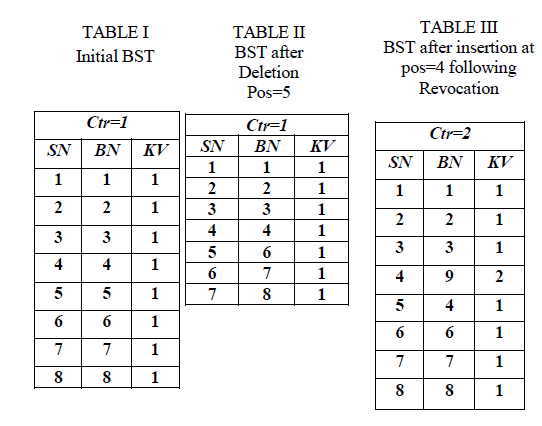ISSN ONLINE(2319-8753)PRINT(2347-6710)
ISSN ONLINE(2319-8753)PRINT(2347-6710)
| C.Tamil Selvi & Dr. A. Mukunthan Department of Physics, Bharath Institute of Higher Education And Research, Chennai – 600073, India |
| Related article at Pubmed, Scholar Google |
Visit for more related articles at International Journal of Innovative Research in Science, Engineering and Technology
The recent application of FTIR spectroscopy is not only used to find the composition of various nutrients present in vegetables and fruits but also used as a tool to identify them correctly from their absorption spectra, In the present work FTIR spectroscopic Techniques is used to study the biological composition of different varieties of plantain (banana) cultivated in different places of south India and subsequently estimated the amount of constituents like carbohydrates and proteins by chemical tests.
Keywords |
| Different varieties of plantain, air dry film techniques, FTIR spectra, absorption levels, proteins, carbohydrates, lipids and glucose |
INTRODUCTION |
| We know that the vegetables fruits and grain used for the preparation of our food stuff contains mainly proteins carbohydrates lipids and some metal ions. the presence of nutrients constituents is essential for the growth of our body and restoration of energy. since the amount of nutrient present vary from one sample to another, it is very important to know the exact amount of nutrient present in each sample. FTIR technique is used as a tool to identify the important nutrient constituents like protein and carbohydrates and the amount of nutrients present is verified by chemical tests. |
II.EXPERIMENT |
| Plantain of different varieties is collected from different parts of south India. All the samples are analysed in dried powder form by dry technique to remove using KBr as matrix and KSCN as solution. Samples are dried over 30 minutes in order to eliminate the absorption |
 |
| Estimation of total carbohydrates (Anthrone method) & total protein (Lowry method) in different varieties of banana |
 |
| Spectra of water and then FTIR spectra of samples are recorded over a region 4000-400cm using BRUKER MODEL IFS66V Double beam FTIR spectrometer IIT Chennai. All spectra have been base line corrected and are normalized in the absorbance mode to acquire identical data. |
III.RESULT AND DISCUSSION |
| Fig 1,6,7,8,910 Nendrun ,hill banan ,moris ,red banana & rasadali. From the comparative study we came to know that hill banana has rich content of protein than other and the presence of glucose (carbohydrates)is relatively same in all the samples. |
IV.CONCLUSION |
| By the comparision between FTIR spectra and chemical test the presence of nutrient like proteins and carbohydrates (glucose)are identified (by frequency band assignment)and their relative amounts are estimated by chemical test. From the study we came to know that hill banana has rich content if protein & lipid phosphate when compared to banana of other samples taken for our work. The presence of glucose (carbohydrates) is relatively small in all samples. Hence the study of identification and estimation of different nutrients in different samples which is essential for our diet. Also the study indirectly gives aclue about the fertility and the composistion of soil on which the plant grow. |
ACKNOWLEDGEMENT |
| The author are very thankful to honourable chairman Pro-Chancellor Vice-Chancellor and Registrar of Bharath University for their continuous support and encouragement given to carry out this research work |
References |
|